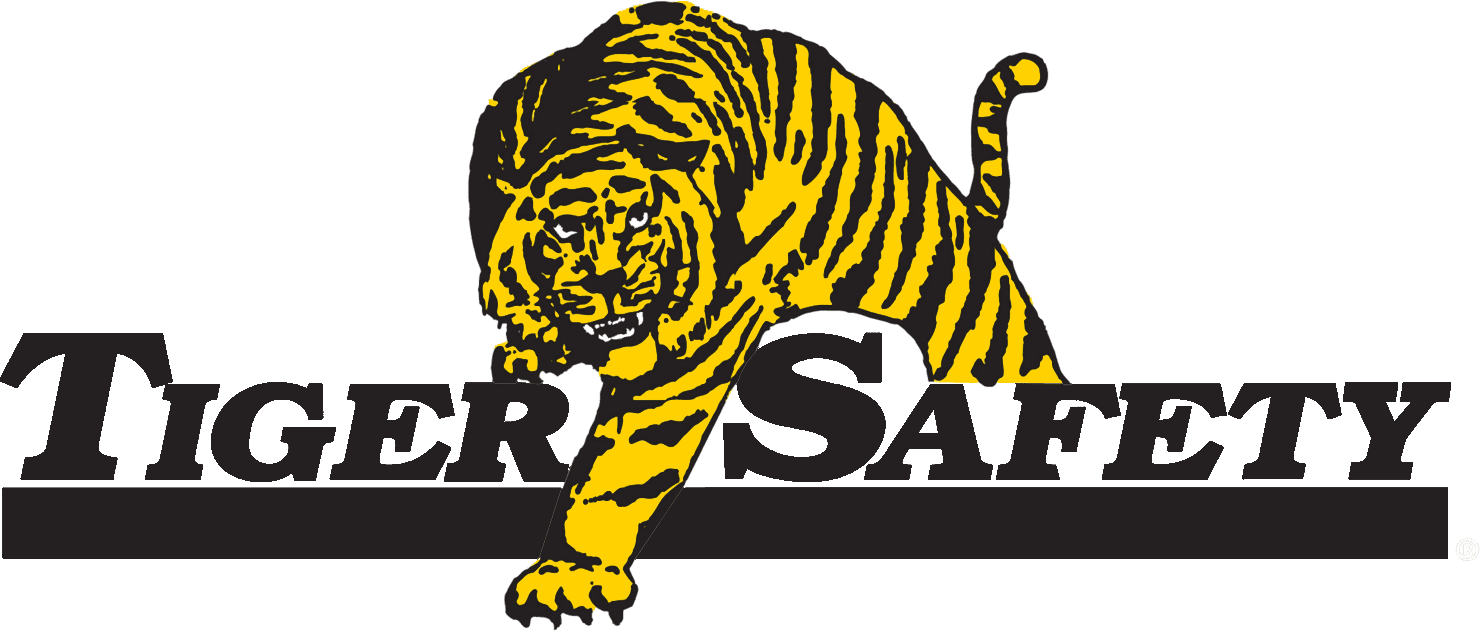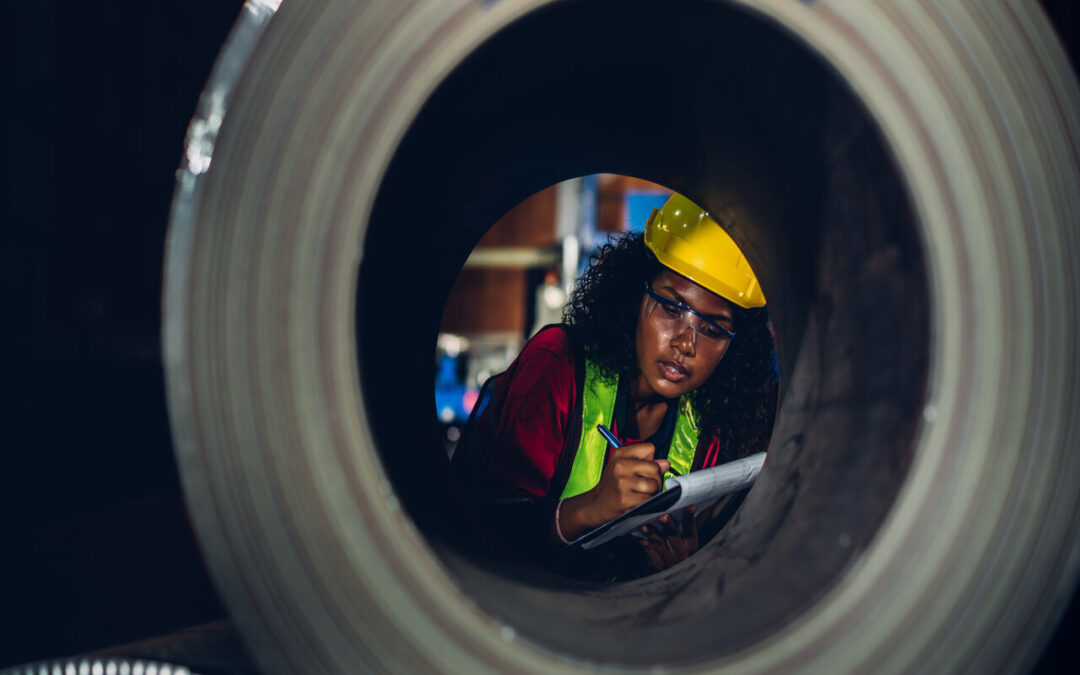Confined space entry represents one of the most challenging and high-risk aspects of safety management in the oil and gas industry. Operations involving confined spaces, such as tanks, vessels, storage units, or pipelines, must be carefully planned and executed to ensure the safety of personnel and maintain compliance with industry regulations. In this article, we will discuss the crucial best practices for confined space entry in the oil and gas industry, as well as how Tiger Safety Rentals provides specialized equipment, training, and support to help you implement effective confined space safety protocols.
As a leading provider of safety services and equipment designed specifically for onshore and offshore oil and gas companies, Tiger Safety Rentals has extensive experience and expertise in confined space safety management. Our team of professionals is dedicated to helping you implement best practices for confined space entry and providing you with the high-quality equipment and training necessary to ensure a safe working environment for your personnel.
Read on to discover the essential best practices for confined space entry in oil and gas operations, the critical safety equipment needed for these operations, and the value Tiger Safety Rentals can bring to your confined space safety program. Enhance safety, ensure compliance, and protect your workforce with the expert guidance and support provided by Tiger Safety Rentals.
Best Practices for Confined Space Entry in Oil and Gas Operations
Understanding Confined Spaces in the Oil and Gas Industry
A confined space is defined as an area not designed for continuous human occupancy, with limited access and egress points, and the potential for the accumulation of hazardous substances or dangerous conditions. Examples of confined spaces in the oil and gas industry include:
- Storage tanks and vessels
- Process vessels
- Silos and hoppers
- Pipelines and ducts
Confined spaces in oil and gas operations can present various risks to workers, including exposure to toxic gases, oxygen deficiencies, flammable atmospheres, and engulfment hazards. To mitigate these risks and ensure the safety of personnel during confined space entry, adherence to best practices is essential.
Identifying and Implementing Best Practices
There are several best practices for confined space entry that should be adopted by every oil and gas operation. These are:
- Confined Space Identification and Assessment: Properly identifying and evaluating the risks associated with confined spaces on your worksite is the first step in ensuring a safe confined space entry. Identify potential hazards, such as harmful gases or limited access points, and assess the appropriate safety measures needed to address these risks.
- Developing Confined Space Entry Procedures: Develop a written confined space entry procedure that outlines the necessary approvals, risk assessments, emergency response plans, and safety protocols for confined space entry. Ensure all personnel involved in confined space operations are trained on these procedures.
- Equipment and Atmosphere Monitoring: Utilize appropriate safety equipment, such as gas detectors, ventilation systems, and personal protective equipment, to monitor and mitigate atmospheric hazards within the confined space.
- Training and Competency: Provide comprehensive training to all personnel involved in confined space entry, ensuring they are competent in recognizing and responding to the hazards associated with confined spaces.
- Emergency Response and Rescue Planning: Create a detailed emergency response and rescue plan for confined space incidents, including the deployment of specialized rescue teams and communication procedures during emergencies.
The Role of Tiger Safety Rentals in Confined Space Safety Management
Tiger Safety Rentals is committed to helping oil and gas operations implement best practices for confined space entry by providing expert guidance, top-quality equipment, and comprehensive training. Our confined space safety offerings include:
- Safety Equipment: We offer a wide range of specialized safety equipment specifically designed for confined space entry, including gas detectors, ventilation systems, fall protection equipment, and rescue devices. Our equipment is meticulously maintained and meets all industry standards, ensuring the best performance and maximum safety for your personnel.
- Training Services: Our experienced team of professionals conducts comprehensive on-site training sessions tailored to your specific operation, ensuring your workforce is fully equipped with the knowledge and skills required for safe confined space entry.
- Consultation and Support: Tiger Safety Rentals provides ongoing consultation and support to help your operation continuously improve and optimize your confined space safety program. We offer expert guidance on developing written procedures, hazard assessments, and emergency plans, ensuring your operation maintains compliance with industry regulations.
- Rescue Team Support: In the event of an emergency during a confined space entry, our expertly trained rescue teams are available to provide timely and effective support, ensuring the safety of your personnel and minimizing the potential impact on your operation.
Capitalizing on the Benefits of Implementing Confined Space Best Practices
By adopting and diligently implementing confined space entry best practices, your oil and gas operation can reap numerous benefits, including:
- Enhanced Worker Safety: By prioritizing confined space safety and utilizing appropriate equipment and procedures, you can minimize the risk of accidents and injuries to your workforce.
- Compliance with Industry Regulations: Adhering to the best practices for confined space entry can help your operation maintain compliance with industry standards and avoid costly fines or operational disruptions.
- Improved Operational Efficiency: A well-trained workforce and well-planned confined space entry procedures can lead to increased efficiency and productivity, ultimately benefiting your operation’s bottom line.
Conclusion
Confined space entry represents a significant safety challenge in the oil and gas industry. By leveraging the expert guidance, equipment, and support provided by Tiger Safety Rentals, your operation can confidently implement best practices for confined space entry that protect your personnel, maintain regulatory compliance, and enhance overall safety performance. Reach out to Tiger Safety Rentals today to learn more about our confined space safety solutions–from confined space davits to harnesses– and how we can support your commitment to a safer, more efficient, and more productive operation. Choose Tiger Safety Rentals for your oil and gas operation’s confined space entry needs, and benefit from our expertise, state-of-the-art equipment, and unwavering commitment to safety excellence.

